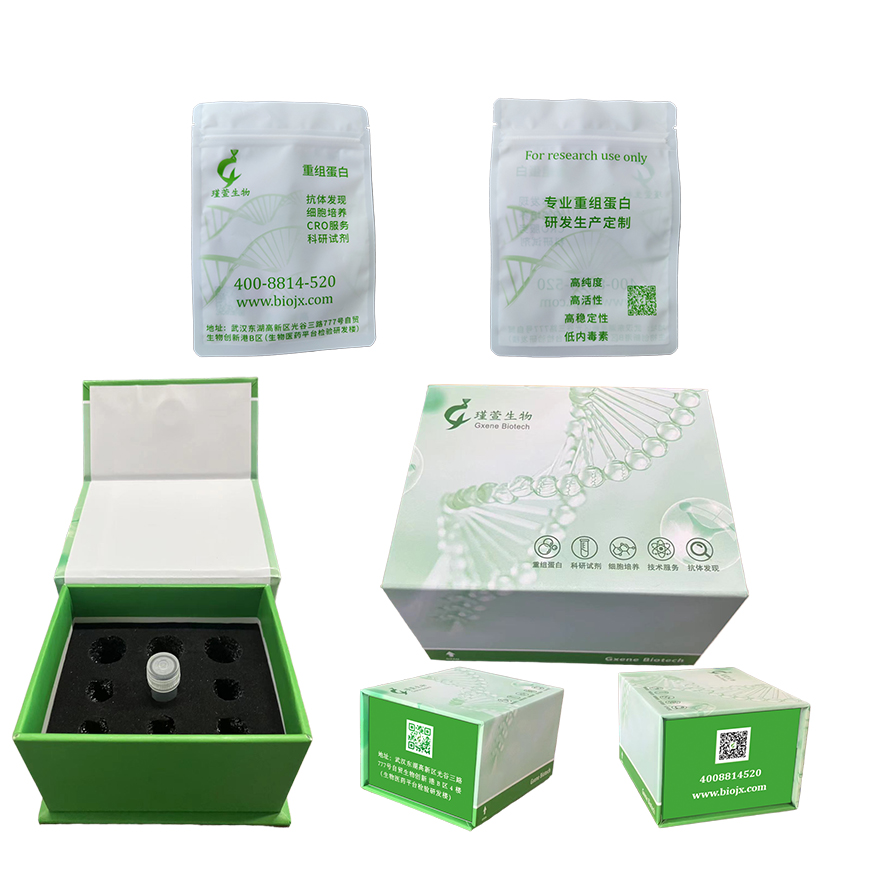研究方向
DR3/TNFRSF25 蛋白作为 TNFSF12/APO3L/TWEAK 的受体,并直接与接头 TRADD 相互作用。这种相互作用导致 NF-kappa-B 的激活并诱导细胞凋亡。该蛋白质可能在调节淋巴细胞稳态中发挥至关重要的作用。它形成同二聚体,并通过死亡结构域与 TNFRSF1 和 TRADD 表现出强烈的相互作用,启动参与细胞凋亡和 NF-kappa-B 信号传导的不同信号级联。此外,DR3/TNFRSF25 与 BAG4 相互作用,有助于其在细胞反应中发挥多方面的作用。
After reconstitution, the protein solution is stable at -20℃ for 3 months, at 2-8℃ for up to 1 week.未开盖的干粉蛋白在 -20°C至-80°C可保存12个月;
复溶之后,蛋白溶液在-20°C及以下可保存3个月,在2-8℃可保存1周。
背景信息
This protein is a member of the TNF-receptor superfamily. This receptor is expressed preferentially in the tissues enriched in lymphocytes, and it may play a role in regulating lymphocyte homeostasis. This receptor has been shown to stimulate NF-kappa B activity and regulate cell apoptosis. The signal transduction of this receptor is mediated by various death domain containing adaptor proteins. Knockout studies in mice suggested the role of this gene in the removal of self-reactive T cells in the thymus. Multiple alternatively spliced transcript variants of this gene encoding distinct isoforms have been reported, most of which are potentially secreted molecules. The alternative splicing of this gene in B and T cells encounters a programmed change upon T-cell activation, which predominantly produces full-length, membrane bound isoforms, and is thought to be involved in controlling lymphocyte proliferation induced by T-cell activation.

